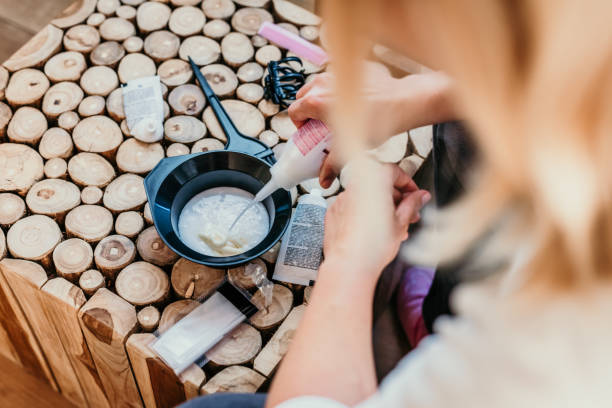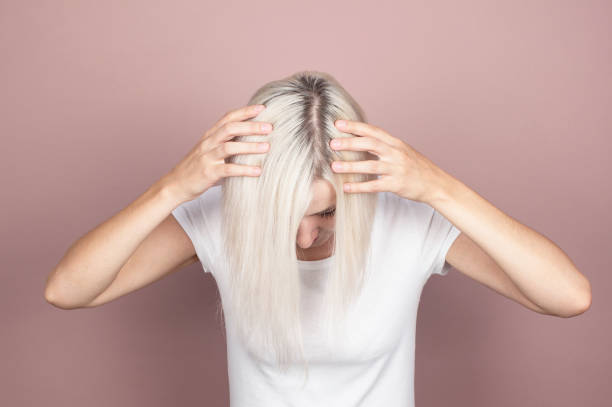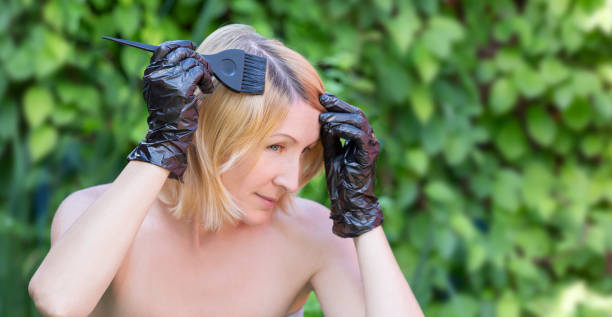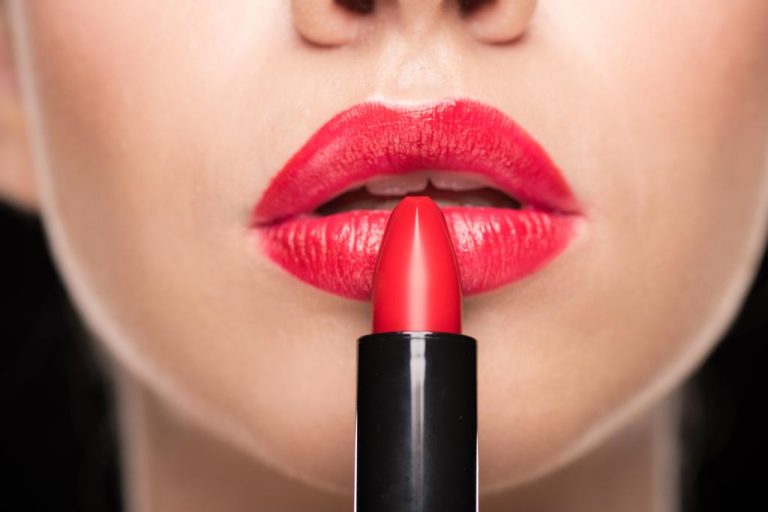Dyeing hair with henna hair color is a good alternative to chemical dyes. So that you can use the henna color correctly, we have collected the most important information on the subject and clarified the most frequently asked questions, such as: What exactly is henna? How is the color mix made? How do achieve different nuances?
What actually is henna?
Henna is a healthy, caring, and environmentally friendly alternative to conventional hair dyes. The application is a bit more cumbersome, but the result is worth the extra time. Especially if you love red hair, henna is a good choice. Usually, unlike chemical paints, the color may fade. Still, the dye has to grow out.

Henna is a herbal powder that you can buy at health food stores or online. Since there are differences in quality here, make sure that it is pure henna. Because henna can contain many additives (such as metal salts) that negatively affect the quality and color result. The term “Body Art Quality” stands for the highest quality and should definitely be stated.
Is henna hair dye dangerous?
Studies by the Federal Institute for Risk Assessment initially gave rise to concerns that the pigment Lawson held a risk of mutagenic damage. But it has now been confirmed that henna hair dyes are harmless. The henna color is also safe for use in children, adolescents, and pregnant women.
This applies above all to the traditionally manufactured products. However, some manufacturers add the artificial coloring para-phenylenediamine (PPD). Because this accelerates the dyeing process and the intensity. Caution is therefore required here, as this can cause allergic reactions. Substances added to henna tattoos are also often a cause for concern.
What color result can I achieve with henna?
The nice thing about henna color is that you can achieve a very individual result depending on the initial hair color and hair structure. Of course, the intensity also depends on the exposure time. The longer the exposure time, the more intense the red tone. If you already have colored or toned hair, the results can be unpredictable. If, on the other hand, you already have red hair, you can use henna hair color without hesitation. Otherwise, you should wait a few months before applying traditional hair dye to chemically colored hair. And be careful with bleached hair: this can lead to a green tint. In this case, follow our tips for dyeing blonde hair darker.
1) Preparation for coloring hair with henna
If you want to dye your hair with henna hair color, you should always prepare a test strand first. Preparation is everything when you want to dye your own hair. And the care afterward is also important, read about the possibilities of hair care with coconut oil. And the best way to prepare is as follows:
- Prepare the test strand: Mix a small amount of henna (approx. 1 tablespoon) with approx. 1 tablespoon of water and let the mixture sit overnight. Then put a strand (e.g. from your hairbrush) in the cup and leave it on for at least 2 hours. Of course, you can also use a strand of hair at the nape of the neck or the tips.
- Trying out the effect of different ingredients to determine different color results is possible. For this, you have to prepare several mixtures.
- Wash your hair with a clarifying shampoo the day before to remove built-up silicone. If you’ve been using silicone-free shampoos and conditioners for a long time, you can skip this step.
- Then mix the henna according to the package directions. Traditionally, the powder is mixed with boiling water until it has a thick consistency. You can add more water if you like.
- Then let the henna color rest overnight (6-8 hours) before you apply it.
- Prepare the bathroom: Line your bathroom with old towels or newspaper. Because the henna color has a strong color strength. It should be removed immediately if something goes wrong. You can protect your hairline with coconut oil or petroleum jelly.
2) How to dye hair with henna
If you have prepared everything for coloring your hair with henna, you can start. It is best to wear old clothes and put on plastic gloves before you start. Because, as I said, the dye is intense and difficult to remove afterward. Also, read our home remedies for beautiful hair.
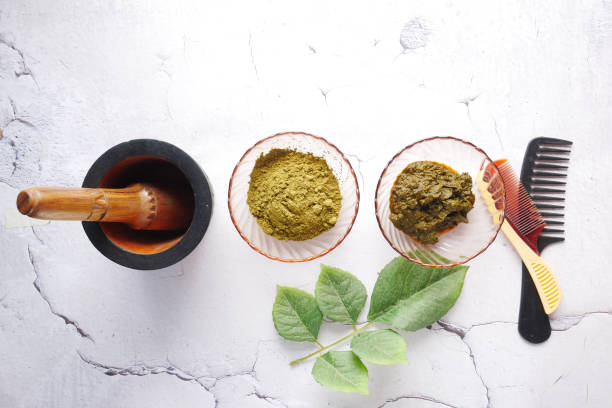
- Put on plastic gloves and apply the finished henna hair color. This is best done with a hair coloring brush. It is also beneficial if someone helps you with the application.
- Exposure time: A plastic cap and a towel wrapped around it prevent the mixture from drying out during the exposure time. In addition, the heat that develops increases the coloring effect of the henna.
- Leave the henna on for at least 2 hours, 6 to 8 hours is better. This is easiest if you use the henna color overnight.
- The best way to wash out is to first dip the hair in a bucket of water in the bathtub. This will allow most of the henna to come off before you rinse it out. The process can take a long time, so be careful with your hair here to avoid damaging it.
- Never use shampoo to rinse off. Because henna usually works for a few days, as the color oxidizes in the hair. Accordingly, shampoo would hinder this process. However, after rinsing, you can apply a conditioner. This is especially recommended if you have very dry hair.
3) How long does the color last?
Henna is permanent and will not wash out. It may fade a bit over time (after 4-8 weeks), but the red tone will remain. The color is very nourishing, but the mechanical irritation when washing it out can put a strain on dry hair. That’s why you can leave the hair ends untreated when re-dyeing. Because usually, the color stays here the longest anyway.

